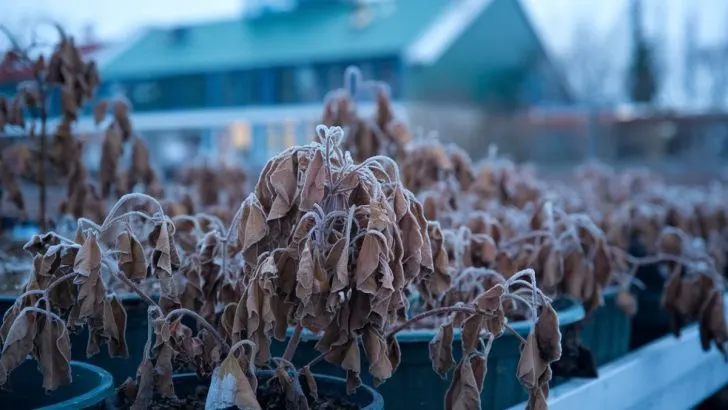Frost can be a formidable opponent in the garden, leaving plants wilted and discolored. Acting promptly to provide the right care can mean the difference between recovery and loss.
Assess the Damage
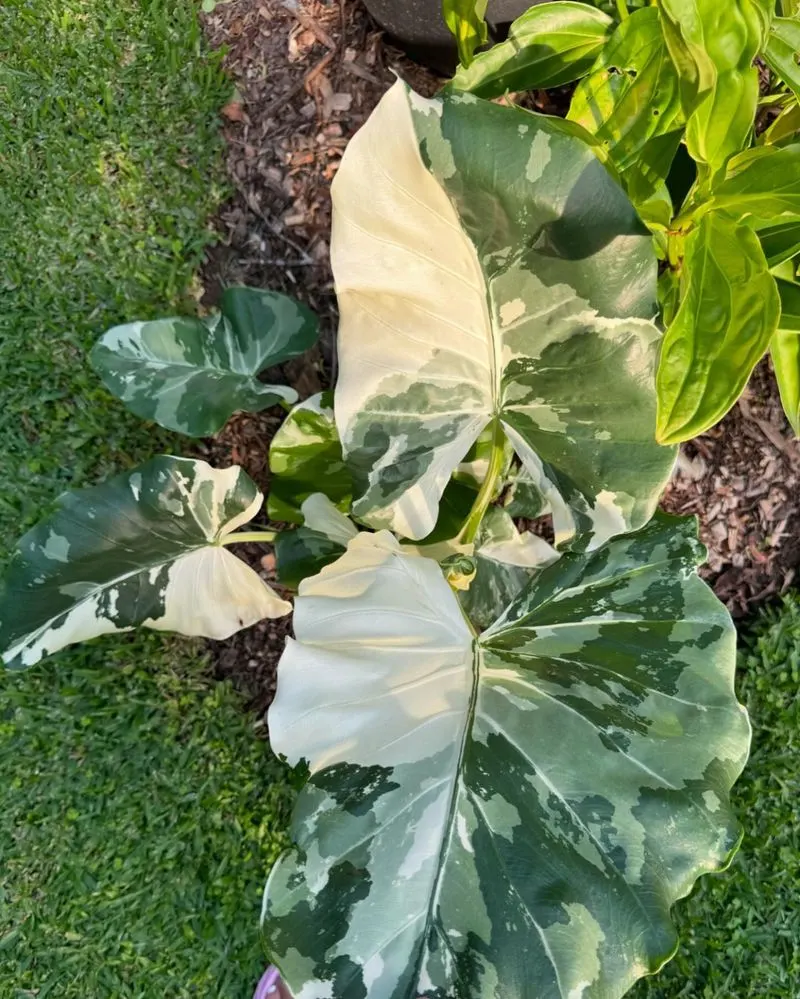
Begin by closely examining your plants to determine the extent of the frost damage. Look for signs such as blackened leaves or wilted stems.
Identifying the severity of the damage will guide your next steps.
Sometimes, the damage might only be superficial, affecting just the outer foliage. In other cases, the harm could penetrate deeper, impacting the plant’s core.
This initial assessment is crucial for deciding whether to prune or wait for recovery signs. It’s an essential step in forming a tailored recovery plan.
Prune Cautiously
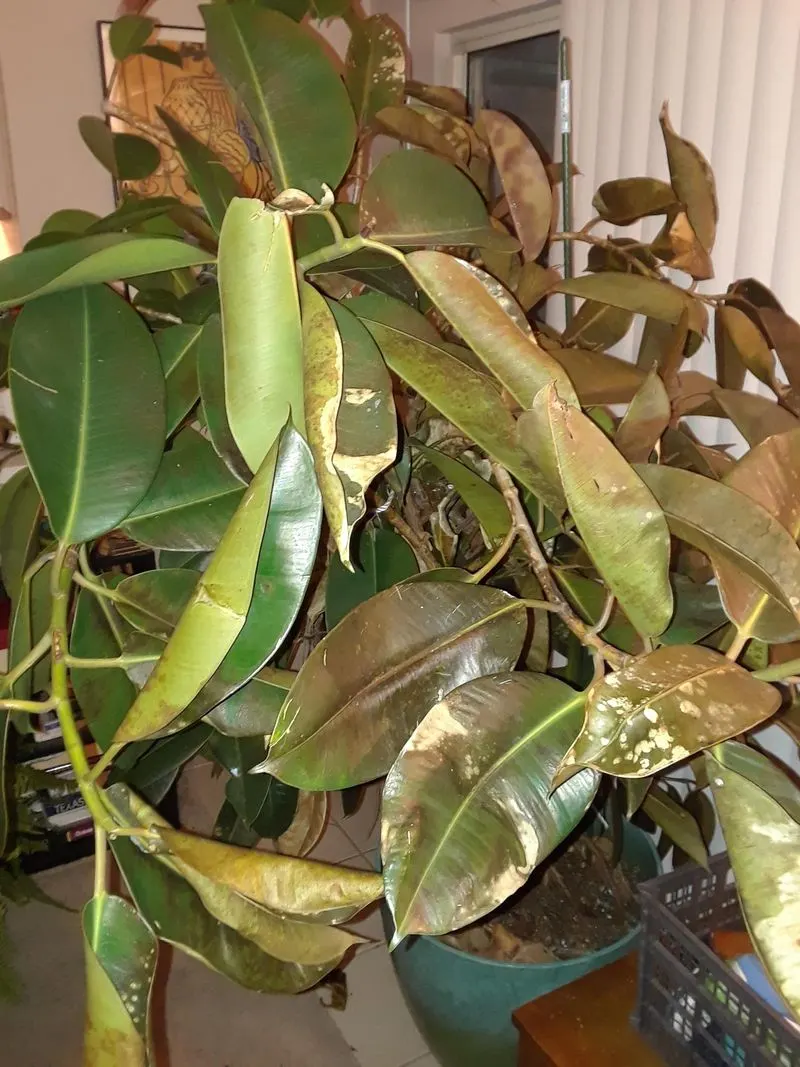
After assessing the damage, the next step is careful pruning. Use clean, sharp pruning shears to remove only the parts of the plant that are clearly dead or damaged.
This helps prevent disease and allows the plant to direct its energy towards new growth. Caution is key here; avoid excessive pruning.
Over-pruning can stress the plant more, hindering its recovery. Focus on trimming only what is necessary to encourage healthy regrowth.
Protect from Future Frost

Once you’ve pruned, protecting the plants from future frost is essential. Use frost blankets or garden fabric to cover them during cold nights.
This extra layer acts as a barrier against freezing temperatures, helping to maintain warmth. Mulching around the base also insulates the roots.
Consider relocating potted plants to sheltered areas, like a garage or greenhouse, when frost is forecasted. These practices safeguard your efforts and give your plants a better chance of recovery.
Water Wisely
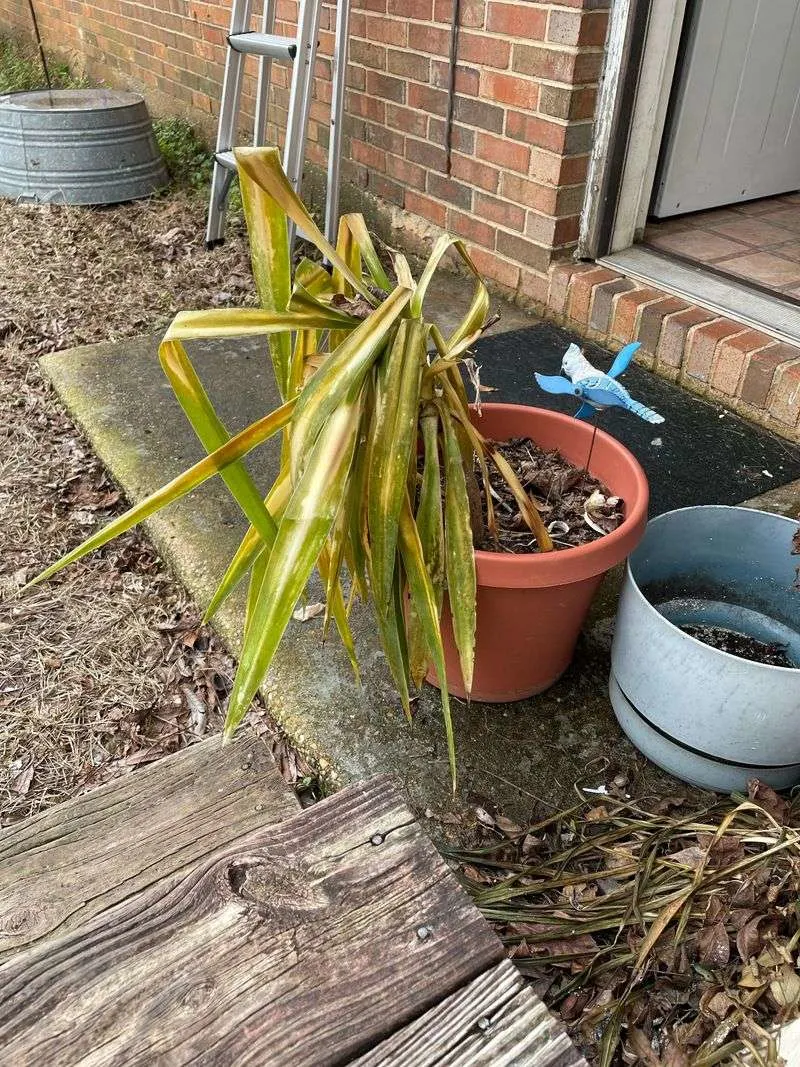
Proper watering can make a significant difference in the recovery of frost-damaged plants. Water in the early morning to allow excess moisture to evaporate and reduce the risk of freezing overnight.
Ensure the soil is well-drained, as soggy roots can lead to further complications. Moderation is key; too much water can be as harmful as too little.
Focus on providing just enough moisture to aid recovery without creating a waterlogged environment.
Boost Nutrients
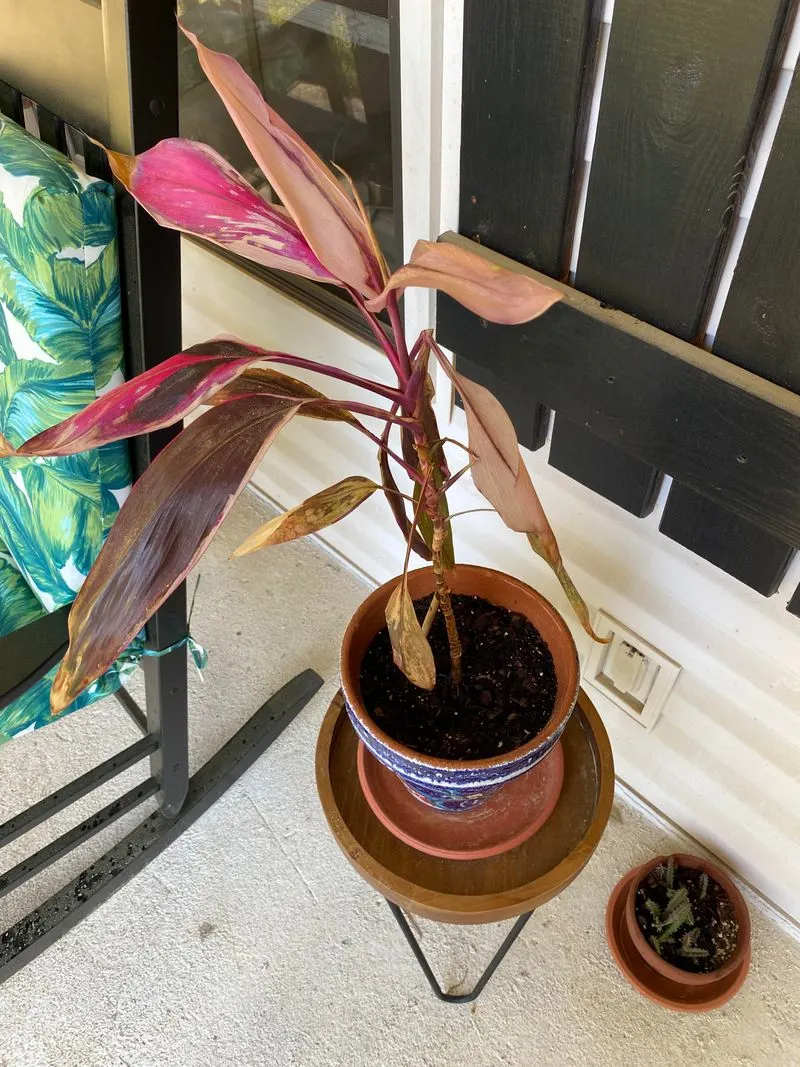
To aid recovery, boost your plants’ nutrient intake by applying a balanced, slow-release fertilizer. Organic options are preferred for their gentle effects on recovering plants.
Nutrients help repair cell damage and promote new growth. However, avoid over-fertilizing, which can stress plants further.
A light application early in the growing season can significantly improve recovery chances, setting your plants up for a healthy rebound.
Monitor for Pests
Frost-damaged plants are more vulnerable to pest infestations. Regularly inspect your plants for signs of pests, such as chewed leaves or visible insects.
Early detection is crucial for effective management. Use eco-friendly pest control methods, like neem oil or insecticidal soap, to treat infestations.
Maintaining a vigilant watch helps prevent pests from exacerbating the damage and ensures a smoother recovery process.
Mulch for Root Protection
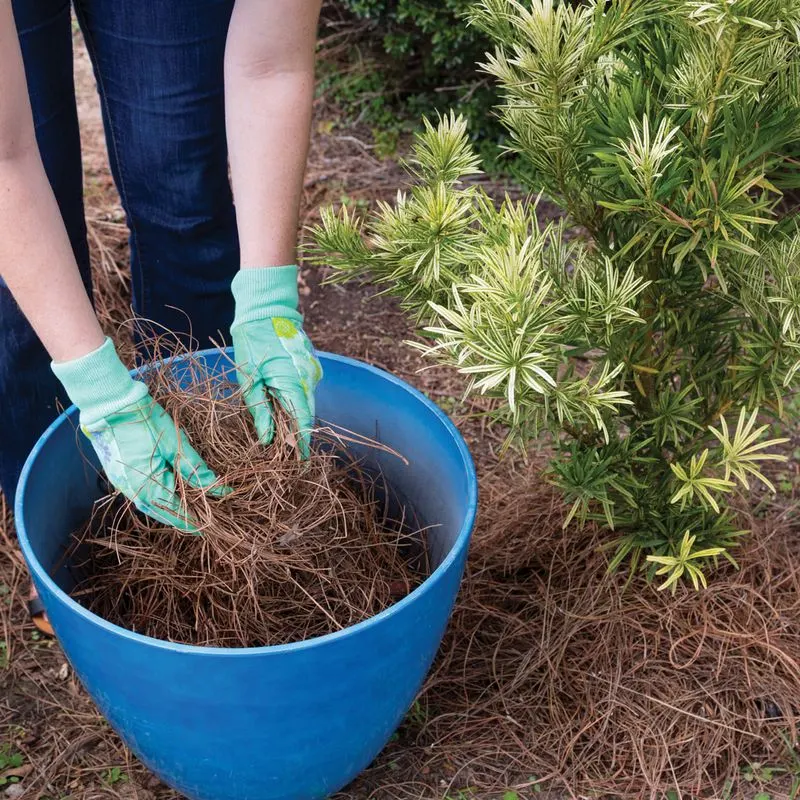
Applying mulch around the base of your plants can protect roots from further freezing and help retain soil moisture.
Choose organic mulch, such as straw or wood chips, which also enrich the soil as they break down. Mulching is a simple yet effective way to shield your plants from harsh conditions.
This barrier not only provides thermal protection but also reduces weed growth, allowing your plants to recover more efficiently.
Encourage Air Circulation
Improving air circulation around your plants can help prevent mold and mildew, which might develop on frost-damaged foliage.
Trim nearby plants and remove any debris that could impede airflow. This practice reduces humidity and keeps the plant environment healthy.
Better air circulation aids in the natural drying process of leaves and stems, enhancing the overall recovery of your plants.
Avoid Overcrowding
Overcrowded plants compete for light, nutrients, and air, making them more vulnerable to frost damage and slower to recover.
Rearrange plants to ensure there’s adequate space between them. This allows each plant to access necessary resources without competition.
The additional space also aids in better air circulation and light penetration, crucial factors for healthy plant recuperation.
Set Up Wind Barriers

Wind can exacerbate the effects of frost by drawing moisture away from plants, leading to further dehydration and damage.
Setting up wind barriers, such as burlap screens or wooden panels, can protect your plants from harsh winds.
These barriers provide a buffer, reducing wind impact and helping maintain necessary moisture levels for recovery. Wind protection is crucial for plants in exposed garden areas.
Resist Impatience for Recovery
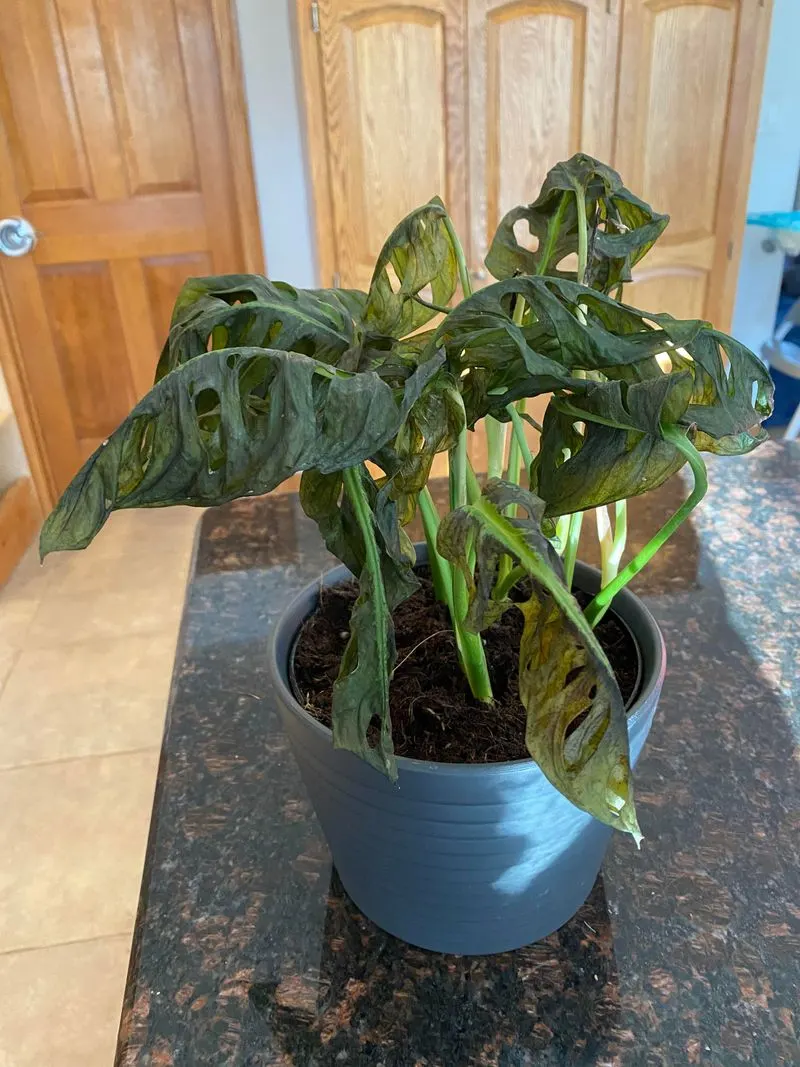
Recovery from frost damage isn’t instantaneous and often requires time and patience. Resist the urge to rush the process or make drastic changes.
Continue with steady care, and allow your plants time to heal naturally. Monitor growth and health over the coming weeks.
If plants show signs of new growth, give them the space and support they need to mature. Patience is a valuable tool in fostering a full recovery.
Consider Professional Help
If your frost-damaged plants show no signs of improvement despite your best efforts, it might be time to consult a professional.
A horticulturist or experienced gardener can provide expert advice tailored to your specific situation. They can identify issues you might have overlooked and suggest alternative recovery strategies.
Professional help is particularly useful for rare or valuable plants that require specialized care to revive.

